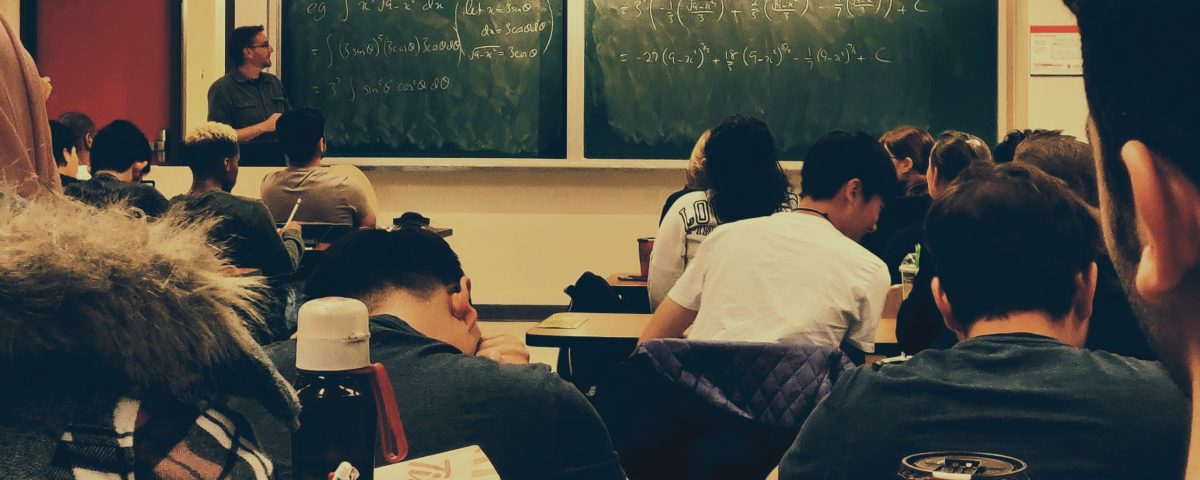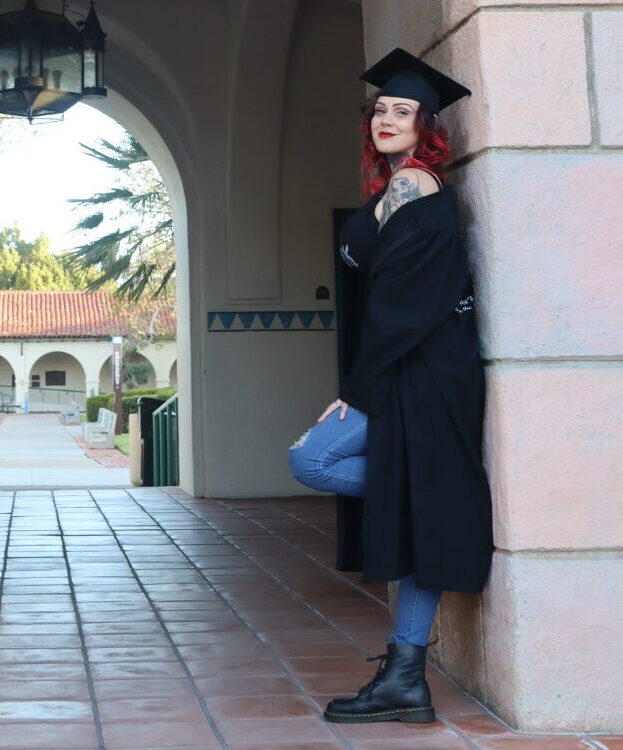What does student poverty look like?

Welcome, Sagal!
May 23, 2022
Amber’s Story of Student Success
June 26, 2023The old trope of the starving college student has been pushed to a breaking point and many students are now facing tough choices just to get an education. A recent study by the Hope Center for College, Community, and Justice shows that college poverty is a very real and pervasive issue in the United States. It’s also one that has solutions, if we understand what it really looks like.
- 59% of community college students reported experiencing housing insecurity over a 12-month period.
- 18% of those experienced homelessness.
- 49% of community college students experienced food insecurity.
Nationally, 3 out of 5 college and university students report experiencing housing and/or food insecurity at some point during the year.
Do these numbers surprise you? Do you wonder why they are so high? Take a moment to see this experience through the eyes of a struggling college student:

Tim had a rough childhood. His father left his family when he was very young. His mother worked two jobs just to keep a roof over their family’s head. He and his older brother often found themselves left to their own devices after school with very little adult supervision. He loved school as a young child but, as he got older, Tim began to spend time with a rough crowd. He eventually found himself ensconced in the juvenile justice system and spent his late teenage years and early twenties incarcerated.
It was while he was incarcerated that he fell back in love with school. He found himself with plenty of time to read and study, and he completed his high school education. Recognizing promise, his caseworker connected him with a mentor who had shared experiences. She completed her college education when she was paroled, and now spends time mentoring incarcerated youth and helping them to recognize that they have options, especially through higher education.

So, here he was, one year into his college career. He never missed a class, stayed active in extracurricular activities, and had a tight circle of friends who knew about, and understood, his past. The one thing he didn’t count on was how hard it would be to pay for tuition and fees, buy books, and still have enough to pay for rent and food. Getting a stable job at a reasonable wage was difficult for Tim because of his past. He had consistent work but, even at $20/hour and full-time, he was unable to cover all his expenses. He was sleep-deprived, falling behind on his schoolwork, and still unsure how he was going to get enough food to last the month.

To top it off, his roommate lost his job during the pandemic and was forced to go home to his parents. The eviction moratorium saved Tim from ending up on the streets but, with the moratorium lifted, he couldn’t pay the rent on his own. Now, he crashes on friends’ couches for as long as they will let him.
Homeless, hungry, and struggling, Tim is now considering dropping out of school so that he can take a second job, just like his mom, to earn enough to eat and pay rent. He doesn’t know where to turn and feels as though he is out of options. While he knows a college degree could turn things around for him, he just doesn’t think he can make it through three more years.

Tim isn’t alone in his experience. Low-income college and university students from all walks of life face the same challenges of high tuition, exorbitant rental rates, and rising costs of food. There are options for support and available resources if we take the time to develop and sustain them.
At Wesley House, we connect these students with the types of support that preclude them from having to choose between education and eating. We offer access to affordable housing, a food pantry, mentorships and tutoring, case management by an on-site social worker, public aid application assistance, and referrals to the myriad resources available in San Diego County.
Wraparound support works. We have the graduates to prove it. But it’s not cheap and its importance is not always understood. We can help these students complete their college experiences by doing something as simple as providing for their basic needs. When we do, they go on to become stable, productive members of society who give back to their communities in spades because they understand what it means to struggle and succeed.
Tim is a fictitious persona created by combining the stories of multiple students who are real people.
The experiences are real, the person is not.




